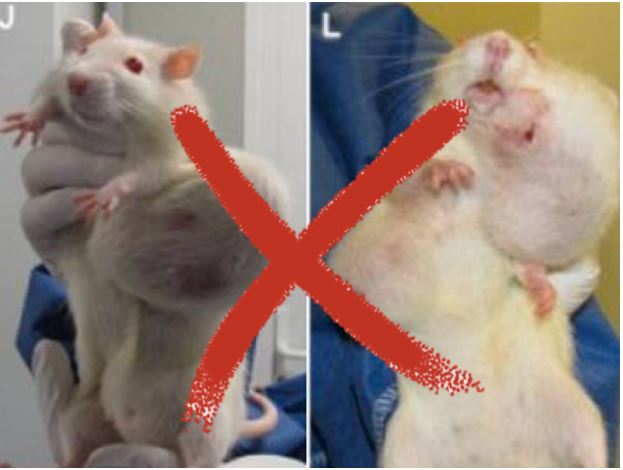Various groups selling 'miracle' prevention techniques, and various United Nations groups (such as IARC) insist that cancer is a lifestyle disease, and if you just pay them, they will either give you something to prevent it or get something banned to prevent it.
But you can't prevent it. The science reality is that we are only now generally living long enough to get cancer because we aren't dying from all of the other things that used to kill us. Variations in terms of cancer risk among tissues from various organs in the body merely amount to pure bad luck, according to a recent study published in Science by Tomasetti and Vogelstein. In other words, cancer risk is linked to random mutations arising in the normal course of DNA replication of healthy cells and environmental and genetic factors play a lesser role.
The broader cancer community has primarily reacted negatively to this interpretation joining them are Didier Sornette and Maroussia Favre from ETH Zurich, Switzerland, who say it is a statistical fallacy - ironically, the very thing that trips up so many 'Chemical X causes cancer' claims.

Your mice could end up looking like this no matter what environmental factors are. Link: Forbes
The key is to distinguish between individual organ risks and population risks, they wrote in recent correspondence published in EPJ Nonlinear Biomedical Physics. They also contend that even if
genetic and environmental factors
cannot explain differences in cancer rates between different organs, well, they should still be...just because.
Sornette and Favre's argument points to the importance of population heterogeneity, i.e. each person has different individual risks that are perhaps linked to environmental and genetic factors, when establishing population-wide predictions of cancer risk.
They use a math analogy: For any given organ, they calculate a correlation between lifetime cancer risk and the total number of stem cell divisions. They do so for two different sub-population groups, one with a high cancer risk and the other with a low risk, averaged over the whole sample population. This translates into an equal or higher correlation of cancer occurrence for the whole population. This counters the Science paper's interpretation that a large fraction of the variation in cancer risk among different organs can largely be explained by the number of stem cell divisions. In fact, the authors contend, the measurable difference between organs in terms of cancer rates are not mutually exclusive to the strong environmental and genetic effects on cancer rates.




Comments